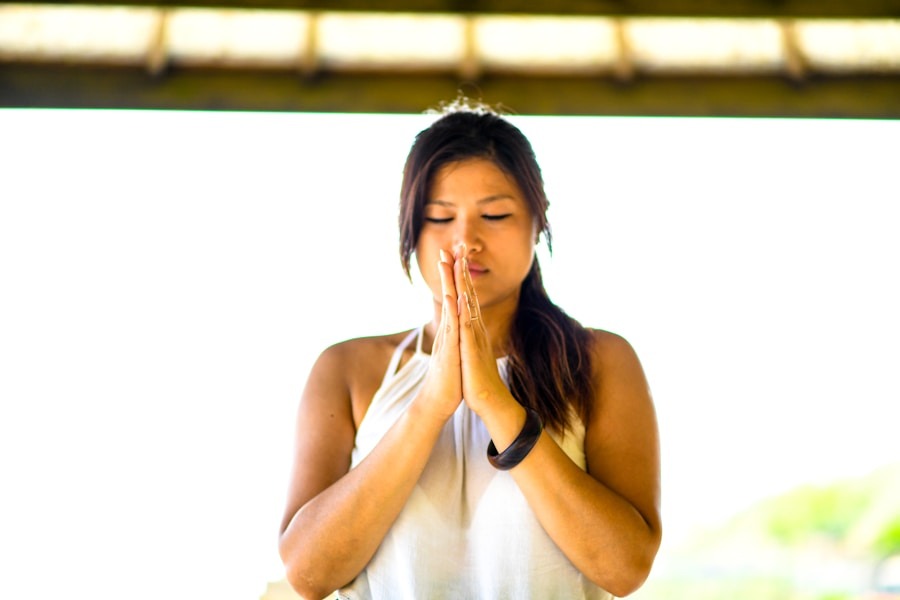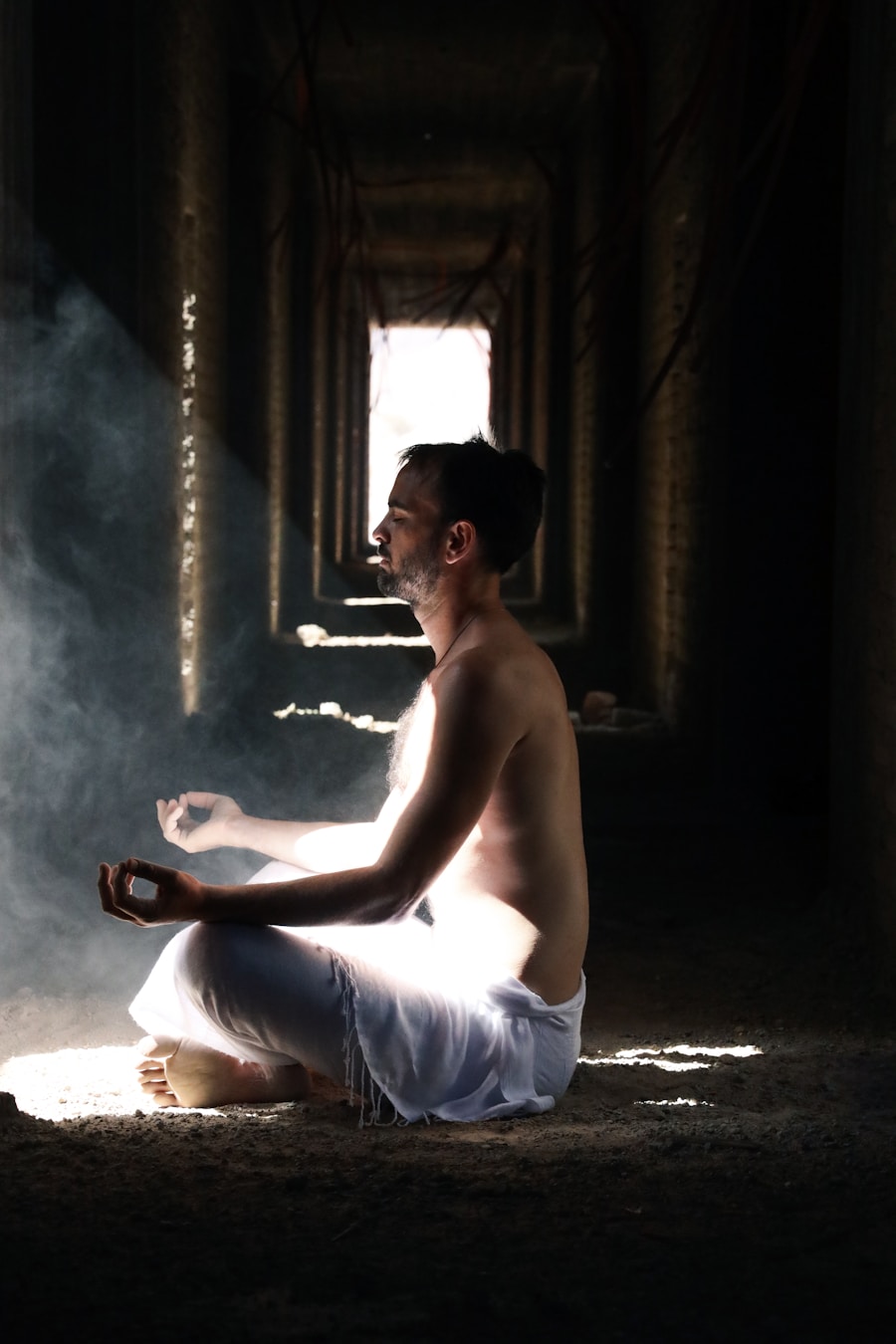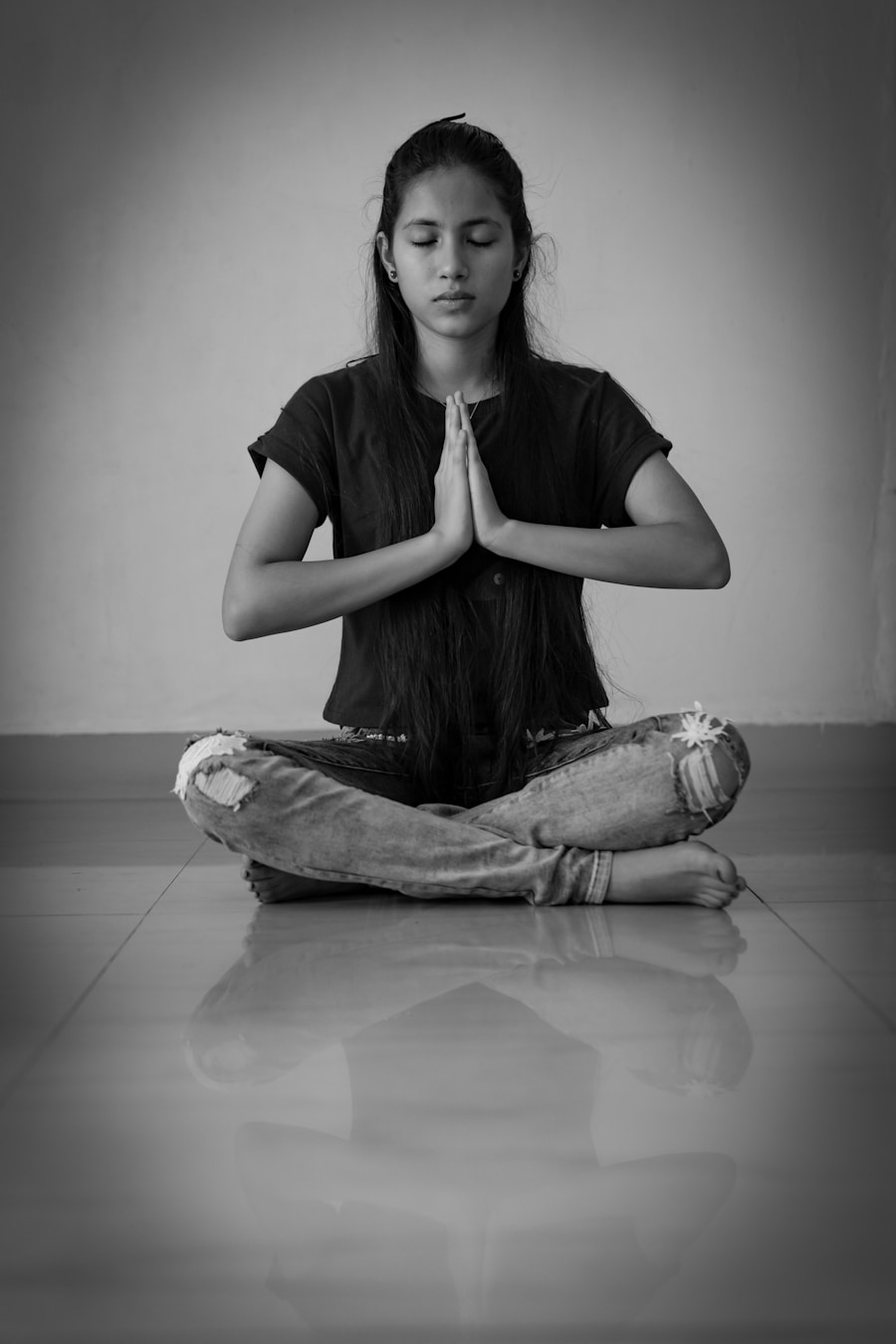Pranayama, a term derived from the ancient Sanskrit language, is a fundamental aspect of yoga that focuses on the regulation of breath. The word itself is a combination of “prana,” meaning life force or vital energy, and “ayama,” which translates to control or extension. This practice is not merely about breathing; it encompasses a profound understanding of the connection between breath, mind, and body.
In the context of yoga, pranayama serves as a bridge between the physical postures (asanas) and the meditative aspects of the practice, facilitating a deeper exploration of consciousness and self-awareness. The roots of pranayama can be traced back thousands of years to ancient Indian texts, including the Yoga Sutras of Patanjali and the Hatha Yoga Pradipika. These texts outline various techniques and philosophies surrounding breath control, emphasizing its importance in achieving mental clarity, emotional stability, and spiritual growth.
As modern society grapples with stress, anxiety, and a fast-paced lifestyle, the ancient wisdom of pranayama has gained renewed interest. Practitioners today are discovering that by harnessing the power of their breath, they can cultivate a sense of calm and balance in their lives.
Key Takeaways
- Pranayama is the practice of breath control in yoga, which helps to regulate and enhance the flow of life force energy in the body.
- Pranayama is an integral part of yoga, focusing on the connection between the breath, mind, and body to achieve a state of balance and harmony.
- Practicing Pranayama can lead to numerous benefits, including stress reduction, improved lung function, increased energy levels, and enhanced mental clarity.
- There are various types of Pranayama techniques, such as Anulom Vilom, Kapalbhati, and Bhramari, each with its own unique benefits and effects on the body and mind.
- Incorporating Pranayama into your daily routine can be as simple as setting aside a few minutes each day to practice deep breathing exercises, either in the morning or before bedtime, to promote overall well-being and inner peace.
The Concept of Pranayama in Yoga
The Power of Breath Control
The practice involves various techniques that manipulate the breath to influence the flow of prana within the body. This manipulation is believed to enhance physical health, mental clarity, and spiritual awareness. By controlling the breath, practitioners can influence their energy levels and emotional states, making pranayama a powerful tool for self-regulation.
A Holistic Approach to Well-being
The concept of pranayama extends beyond mere breath control; it embodies a holistic approach to well-being. Each inhalation and exhalation is seen as an opportunity to connect with one’s inner self and the surrounding environment. The practice encourages mindfulness and presence, allowing individuals to cultivate a deeper awareness of their thoughts and feelings.
A Catalyst for Personal Growth
This heightened state of consciousness can lead to transformative experiences, fostering a sense of unity with oneself and the universe. As practitioners delve into pranayama, they often find that it serves as a catalyst for personal growth and self-discovery.
The Benefits of Practicing Pranayama

The benefits of pranayama are extensive and multifaceted, impacting both physical and mental health. One of the most immediate effects is the reduction of stress and anxiety. By focusing on the breath and engaging in specific techniques, individuals can activate the parasympathetic nervous system, which promotes relaxation and counteracts the body’s stress response.
Research has shown that regular practice can lead to lower levels of cortisol, the stress hormone, resulting in improved mood and emotional resilience. In addition to its psychological benefits, pranayama also contributes to physical health. The practice enhances lung capacity and respiratory function, which is particularly beneficial for individuals with respiratory conditions such as asthma or chronic obstructive pulmonary disease (COPD).
Techniques like diaphragmatic breathing encourage full oxygen exchange, improving overall vitality. Furthermore, pranayama can aid in digestion by stimulating the abdominal organs and promoting better circulation throughout the body. This holistic approach to health underscores the interconnectedness of breath, body, and mind.
Different Types of Pranayama Techniques
Pranayama encompasses a variety of techniques, each with its unique focus and benefits.
” This technique involves slightly constricting the throat while breathing in and out through the nose, creating a soft sound reminiscent of ocean waves. Ujjayi breath is commonly used in yoga classes to enhance concentration and maintain a steady rhythm during asana practice.
Another popular technique is Nadi Shodhana, or alternate nostril breathing. This practice involves inhaling through one nostril while closing the other with a finger, then switching nostrils for the exhalation.
It is particularly effective for calming the mind and reducing anxiety. Kapalabhati, or “skull shining breath,” is another dynamic technique that involves short bursts of forceful exhalations followed by passive inhalations. This practice energizes the body and clears stagnant energy from the mind.
It is often used as a preparatory exercise before meditation or more intense physical practices.
The Vital Role of Pranayama in Overall Well-being
Pranayama plays a crucial role in fostering overall well-being by promoting a balanced lifestyle that integrates physical health, mental clarity, and emotional stability. In today’s fast-paced world, where individuals often find themselves overwhelmed by external pressures, incorporating pranayama into daily life can serve as an anchor for grounding oneself amidst chaos. The practice encourages individuals to slow down, breathe deeply, and reconnect with their inner selves.
Moreover, pranayama can enhance one’s ability to cope with challenges by cultivating resilience. As practitioners learn to regulate their breath in times of stress or anxiety, they develop a greater sense of control over their emotional responses. This newfound ability can lead to improved relationships, better decision-making skills, and an overall sense of empowerment.
The practice not only nurtures individual well-being but also fosters a sense of community among practitioners who share similar journeys toward self-discovery and growth.
How to Incorporate Pranayama into Your Daily Routine

Getting Started with Pranayama
Begin by sitting comfortably in a cross-legged position or on a chair with your feet flat on the ground. Close your eyes gently and take a few moments to observe your natural breath before transitioning into specific techniques. For beginners, starting with basic techniques like diaphragmatic breathing can be beneficial.
Basic Techniques and Beyond
Place one hand on your abdomen and the other on your chest; as you inhale deeply through your nose, focus on expanding your abdomen rather than your chest. This encourages full lung capacity and promotes relaxation. Gradually introduce other techniques such as Ujjayi or Nadi Shodhana as you become more comfortable with your practice.
Integrating Pranayama into Daily Life
Additionally, consider integrating pranayama into existing activities such as yoga classes or meditation sessions. Many yoga instructors incorporate breathwork into their classes, providing an opportunity to explore different techniques in a supportive environment. Alternatively, you can practice pranayama during moments of stress throughout your day—whether at work or home—by taking a few deep breaths to center yourself before responding to challenging situations. By making pranayama a regular part of your life, you can experience its profound effects on your overall well-being. As you cultivate this practice over time, you may find that it enhances not only your physical health but also your mental clarity and emotional resilience, ultimately leading to a more balanced and fulfilling life.
If you are interested in exploring the concept of chaos and symbolic dynamics, you may want to check out the article






















+ There are no comments
Add yours